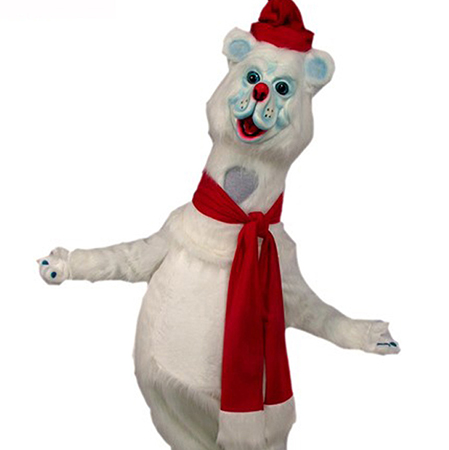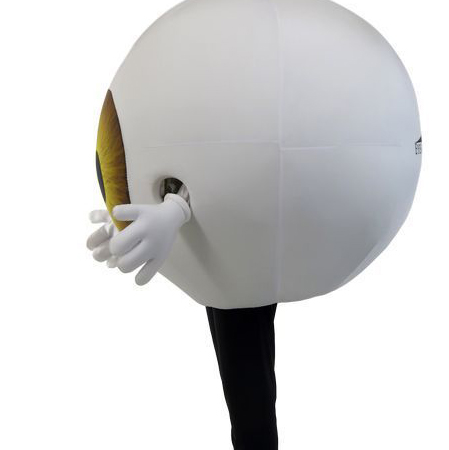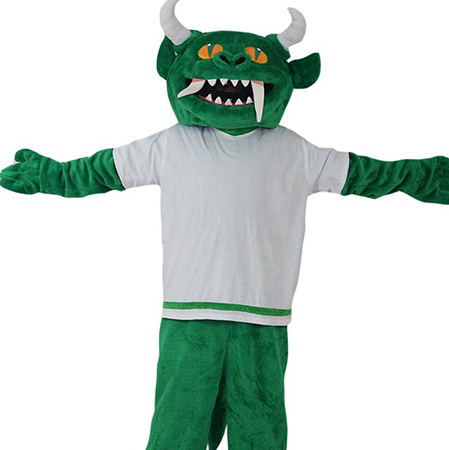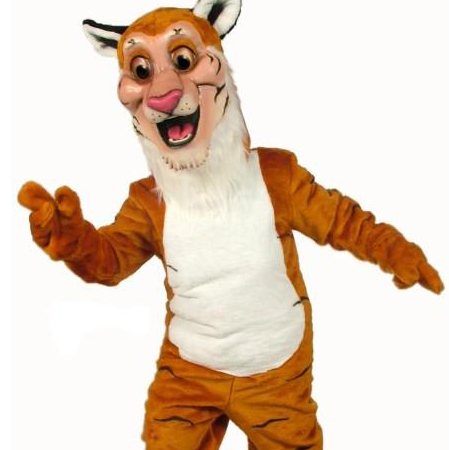The realm of mascot costumes is undergoing a transformative evolution. Advancements in technology and materials are paving the way for more dynamic, interactive, and visually captivating performances that promise to elevate fan engagement to unprecedented heights. From augmented reality (AR) enhancements to sustainable fabric innovations, the future of mascot costumes is set to be both exciting and groundbreaking.
One of the most anticipated advancements in this field is the integration of augmented reality. This technology allows mascots to interact with digital overlays in real-time, creating a more engaging experience for audiences. Fans at sports events or promotional campaigns could see their favorite mascot perform feats impossible in the physical world, such as soaring through the air or summoning virtual elements that blend seamlessly with the environment. Such immersive experiences are likely to enhance brand loyalty and create memorable moments that resonate deeply with fans.

In addition to AR, the use of advanced materials is also revolutionizing mascot costume design. Lightweight yet durable fabrics are being developed to improve comfort and mobility for the performers inside these elaborate outfits. These materials not only ensure longevity but also allow for intricate designs that capture attention without compromising functionality. Additionally, breathable fabrics and moisture-wicking properties are now integral aspects of modern mascot costumes, ensuring that performers can maintain peak performance even during intense activities.
Another emerging trend is the incorporation of smart technology within mascot costumes. Microcontrollers and sensors embedded within the attire enable real-time monitoring of various metrics such as heart rate, temperature, and movement patterns. This data can be used to optimize the wearer’s performance, providing instant feedback to avoid fatigue and ensure consistent, high-quality interactions. Furthermore, some costumes are now equipped with LED lights that can change color and intensity, adding a vibrant spectacle element to performances that captivates audiences.

Environmental sustainability is another significant focus shaping the future of mascot costumes. Designers are increasingly turning to eco-friendly materials and processes to minimize the environmental footprint of these creations. Biodegradable fabrics, recycled fibers, and non-toxic dyes are just a few examples of how the industry is striving to become more sustainable. By adopting these practices, creators are not only adhering to global ecological standards but also setting an example for consumers and other industries to follow.
Moreover, customization has become a hallmark of future mascot costume designs. With the help of advanced software, teams and organizations can tailor their mascots to reflect unique brand identities with remarkable precision. This level of personalization extends to features like facial expressions, gestures, and even vocal modulations, making each mascot a distinctive embodiment of its brand. As a result, mascots are no longer generic figures but integral, recognizable characters that strengthen brand identity.

The integration of social media and online platforms is another dimension where mascot costumes are evolving. Modern mascots are designed to be “social media-friendly,” featuring elements specifically crafted for viral content generation. This includes poses that are easily shareable on platforms like Instagram, TikTok, and Twitter, thereby amplifying their reach and impact beyond live events. By leveraging the power of social media, mascots can connect with a global audience, extending their influence far beyond the confines of traditional event spaces.
Furthermore, the rise of esports has introduced a new frontier for mascot costumes. In this digital domain, virtual mascots are becoming increasingly prevalent, offering a fresh take on traditional live performance. These digital avatars can interact with online communities in ways that transcend physical limitations, allowing for innovative forms of engagement and interaction that were previously unimaginable.

In conclusion, the future of mascot costumes is bright and full of potential. Technological innovations such as augmented reality, advanced materials, smart technology, and customizable design are setting new benchmarks for what mascot costumes can achieve. Coupled with a strong emphasis on sustainability and the expansive reach provided by social media and virtual platforms, these advancements promise to make mascots more dynamic, versatile, and influential than ever before. As we look ahead, it’s clear that the role of mascot costumes will continue to grow, captivating audiences and enhancing experiences in ways we are only beginning to explore.
